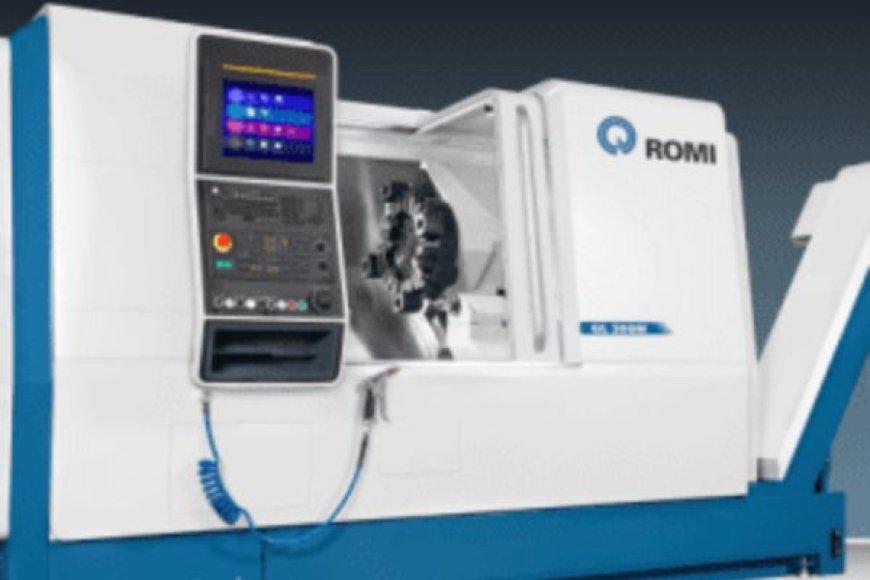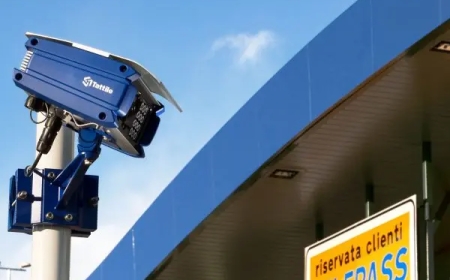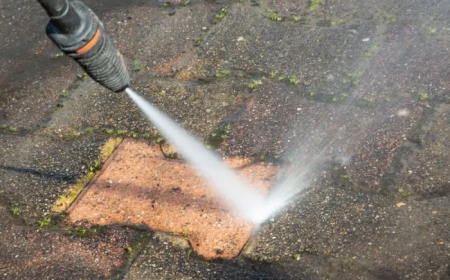Precision Dynamic Balancing Services – Improve Performance & Reduce Vibration
Discover how precision dynamic balancing services reduce vibrations, boost performance, and extend equipment life. Learn why this unsung hero is key to smooth machinery operation.

Picture this: youre driving down the highway, windows down, music blaring, and suddenly your car starts shaking like its auditioning for a role in an action movie. That unsettling vibration? Its not just annoyingits a sign somethings off, likely with your wheels or tires. Now, imagine that same principle, but instead of a car, its a massive industrial fan, a high-speed motor, or a precision pump keeping a factory humming. Thats where precision dynamic balancing services come in, quietly saving the day by keeping machinery smooth, efficient, and long-lasting.
I remember visiting a manufacturing plant a few years backlets call it Acme Industries to keep things friendly and anonymous. The maintenance manager, Tom, was tearing his hair out because one of their critical centrifugal pumps kept failing. Downtime was costing them thousands by the hour, and the constant repairs were eating into their budget. The culprit? Imbalance. A tiny wobble in the rotor was causing excessive vibration, wearing out bearings faster than a toddler destroys a new toy. Thats when they brought in a dynamic balancing team, and it was like watching a magician pull a rabbit out of a hat. Within hours, the pump was purring like a kitten, and Tom could finally breathe again.
What Is Precision Dynamic Balancing, Anyway?
At its core, precision dynamic balancing is about making sure rotating partslike rotors, impellers, or shaftsspin smoothly without causing unwanted vibrations. Think of it like tuning a guitar string: too loose or too tight, and the sound is off. In machinery, imbalance happens when the mass isnt evenly distributed around the axis of rotation. Even a small amount of uneven weightsay, a quarter of an ouncecan create vibrations that ripple through a system, causing noise, wear, and sometimes catastrophic failure.
Dynamic balancing goes beyond just sticking a weight on and calling it a day (thats static balancing, which is more like a quick fix). It involves spinning the component at operating speeds, measuring the vibrations with high-tech sensors, and making precise adjustments to counteract any imbalance. Its a bit like a doctor diagnosing a patient, but instead of a stethoscope, youve got laser-guided tools and software that can pinpoint issues down to the micrometer.
Why Should You Care About Vibrations?
Vibrations might seem like a minor nuisance, but theyre the silent assassins of machinery. Left unchecked, they can:
-
Shorten Equipment Life: Vibrations wear out bearings, seals, and other components faster than you can say maintenance budget.
-
Reduce Efficiency: A shaky machine works harder to do the same job, burning more energy and driving up costs.
-
Compromise Safety: In extreme cases, excessive vibration can cause parts to fail, posing risks to workers and operations.
-
Annoy Everyone: Constant humming or rattling isnt just bad for machines; its a headache for anyone nearby.
I once spoke with a technician who likened unbalanced machinery to running a marathon in flip-flops. Sure, you might finish, but youre going to feel it laterand not in a good way. Precision dynamic balancing eliminates those flip-flops, giving your equipment the running shoes it needs to perform at its best.
The Magic of Precision Dynamic Balancing Services
So, what happens when you call in the pros? Its not just about slapping on some weights and hoping for the best. A good balancing service is like a tailored suitits customized to your equipments needs. Heres how it typically goes:
-
Assessment: The team starts by analyzing your equipment, often using portable balancing tools or taking the component to a specialized shop. Theyll measure vibration levels and identify the imbalances source.
-
Precision Corrections: Using advanced tech like laser alignment or computer-aided balancing, they add or remove material (like tiny weights or grinding off excess) to get things spinning smoothly.
-
Testing and Validation: They spin the component again to confirm the fix, ensuring vibrations are within acceptable limits (often adhering to standards like ISO 1940).
-
Ongoing Support: Top-tier services dont just fix and forget. Theyll often provide maintenance tips or schedule follow-ups to keep your equipment in tip-top shape.
Ive seen this process in action at a power plant where a massive turbine was causing headaches. The balancing team showed up with what looked like a sci-fi toolbox, hooked up sensors, and within a day had the turbine running so smoothly you could balance a coin on it. The plant manager told me it was the best investment theyd made all yearless downtime, lower energy costs, and happier operators.
Real-World Benefits You Can Feel
The payoff of precision dynamic balancing isnt just theoreticalits measurable. Companies that invest in these services often see:
-
Longer Equipment Life: Balanced components last longer, reducing the need for costly replacements.
-
Lower Operating Costs: Smoother operation means less energy waste and fewer repairs.
-
Improved Product Quality: In industries like manufacturing or aerospace, balanced machinery ensures tighter tolerances and better output.
-
Happier Teams: Less noise and fewer breakdowns make for a better work environment.
Take the aerospace industry, for example. A friend who works on jet engines once told me that even a tiny imbalance in a turbine blade could spell disasternot just for the engine but for the entire aircraft. Precision balancing is non-negotiable there, and its just as critical in less glamorous settings like HVAC systems or industrial mixers.
When Should You Call in the Experts?
If youre wondering whether your equipment needs balancing, here are some telltale signs:
-
Unusual vibrations or noise coming from rotating machinery.
-
Frequent bearing or seal failures.
-
Higher-than-normal energy consumption.
-
Inconsistent product quality or output.
Dont wait for a breakdown to take action. I learned this the hard way when I ignored a rattling noise in my old washing machine, thinking it was just how it is. Spoiler: it wasnt. A quick balancing job couldve saved me from a flooded laundry room and a hefty repair bill.
Choosing the Right Balancing Service
Not all balancing services are created equal. Look for a provider with:
-
Experience: They should have a track record with equipment similar to yours.
-
Technology: Modern tools like laser balancing or vibration analysis software are a must.
-
Customization: Avoid one-size-fits-all approaches. Your machinery is unique, and the solution should be too.
-
Certifications: Check for adherence to industry standards like ISO or API.
Id also recommend asking for case studies or references. A reputable company will be happy to share stories like Toms from Acme Industriesreal examples of how theyve saved the day.
The Bottom Line
Precision dynamic balancing might not be the flashiest topic, but its the unsung hero of any operation that relies on rotating machinery. Its the difference between a car that glides down the highway and one that shakes like its about to fall apart. By investing in these services, youre not just fixing a problemyoure boosting performance, cutting costs, and giving your equipment the long, happy life it deserves.
So, next time you hear a strange hum or feel a vibration, dont ignore it. Call in the balancing pros and let them work their magic. Your machineryand your sanitywill thank you.






























